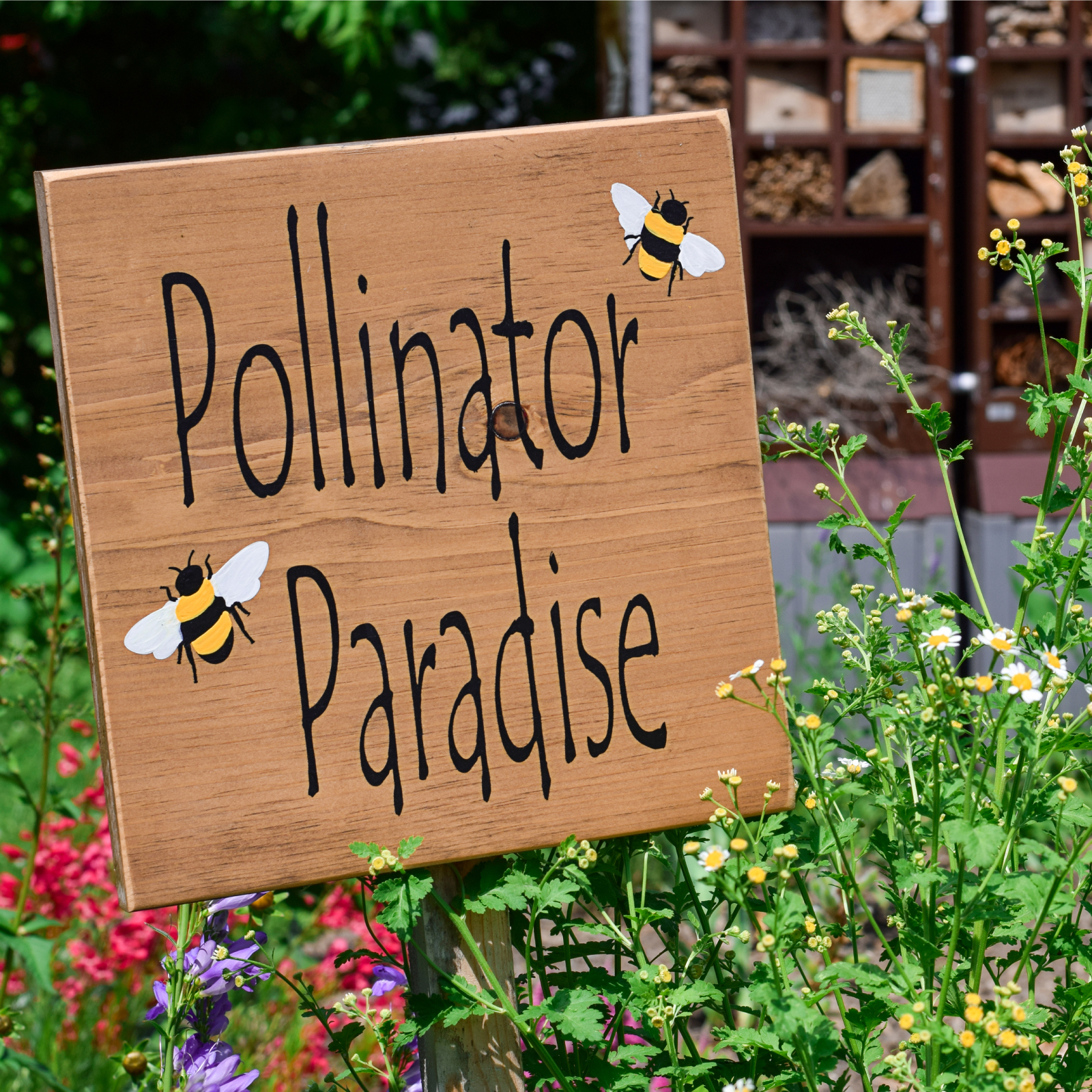Cabbage Growing Problems: 5 Mistakes You're Making With Cabbage Plants In The Garden

There are many health benefits to growing cabbage plants in the garden, but only if you're able to harvest quality cabbage heads. Cabbage is one of the more difficult crops to grow. So, if you haven't had much success in the past, you may be making one of these five common mistakes growing cabbage. Often, a quick fix is all that's needed to put an end to cabbage growing problems:
Planting mistakes
Planting at the wrong time is the most common mistakes growing cabbage. Members of the Brassicaceae family, which includes cabbages, are cool-season crops. In northern U.S. climates where winters are cold, the best time to plant cabbage is after danger of frost in the spring. Avoid placing cabbage plants in the garden too early.
It's best to start cabbage indoors 4 to 6 weeks prior to planting outdoors or purchase quality seedlings. Wait until the soil has warmed before transplanting into the garden as cold, wet soil encourages fungal disease. Use row covers to keep cabbage plants warmer after transplanting. In tropical U.S. climates, cabbage can be planted as a fall crop.
Inadequate moisture levels
Some of the most common cabbage growing problems result from under or over watering. Cabbage plants prefer a consistently moist, but not soggy soil.
Signs of inadequate moisture levels include cabbage plants which don't form heads, plants that rot or cabbage heads that split upon maturity. To correct this problem, supply water during dry spells and plant cabbage in well-draining soil. Working compost into the garden soil improves drainage as does the use of raised beds.
Improper nutrients
Cabbage plants are heavy feeders and require adequate amounts of nitrogen for leaf growth. Additionally, a calcium deficiency can restrict the cabbage plant's ability to absorb groundwater. Too little boron in the soil causes cabbage leaves to be tough and taste bitter.
These issues can be addressed by having the garden soil tested and amending as needed. Incorporate compost into the garden yearly and feed cabbage throughout the growing season with a balanced (10-10-10) fertilizer or compost tea. As cabbage plants begin to set heads, reduce nitrogen supplementation to prevent cracking.
Gardening tips, videos, info and more delivered right to your inbox!
Sign up for the Gardening Know How newsletter today and receive a free copy of our e-book "How to Grow Delicious Tomatoes".
Messy garden
Weeds can rob cabbages of needed nutrients, prevent air from circulating and shade cabbage plants in the garden. Plant debris left to overwinter in the garden can harbor pests and disease. If regular weeding is too time consuming, mulch cabbage plants with grass clippings, newspaper or straw. Clear out dead plant material at the end of the growing season and remove and dispose of diseased plants immediately.
Failure to rotate crops
Many types of cabbage pests and diseases overwinter where members of the Brassicaceae have grown the previous season. Practice good garden management techniques by rotating crops. Don't plant cabbage plants in the garden where cabbage, broccoli, cauliflower, kale or Brussels sprouts grew in the last two years. Or better yet, rotate crops in a 3- to 4-year cycle.

Laura Miller has been gardening all her life. Holding a degree in Biology, Nutrition, and Agriculture, Laura's area of expertise is vegetables, herbs, and all things edible. She lives in Ohio.
-
 What Is A Pollinator Garden? Grow Gorgeous Blooms While Benefiting Your Local Ecosystem
What Is A Pollinator Garden? Grow Gorgeous Blooms While Benefiting Your Local EcosystemPollinator gardens look great and also provide a diverse ecosystem that benefits your local pollinating insects and animals. Get started today with this guide!
By Bonnie L. Grant
-
 5 Tough Urban Trees That Thrive In Cities – Top Picks For Urban & Suburban Landscapes
5 Tough Urban Trees That Thrive In Cities – Top Picks For Urban & Suburban LandscapesExplore the best urban trees that will add value to even the most challenging of landscapes. Get growing with these ideas and enjoy all the benefits of trees.
By Teo Spengler